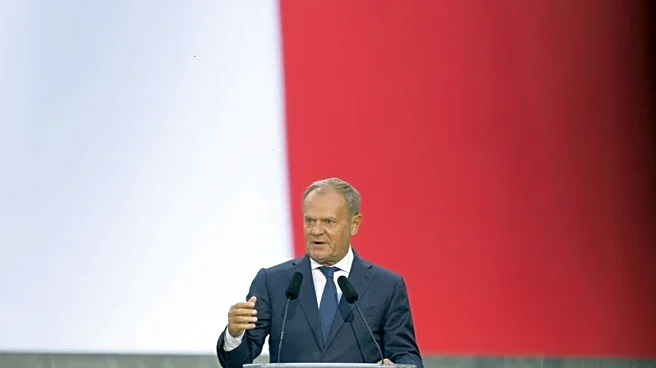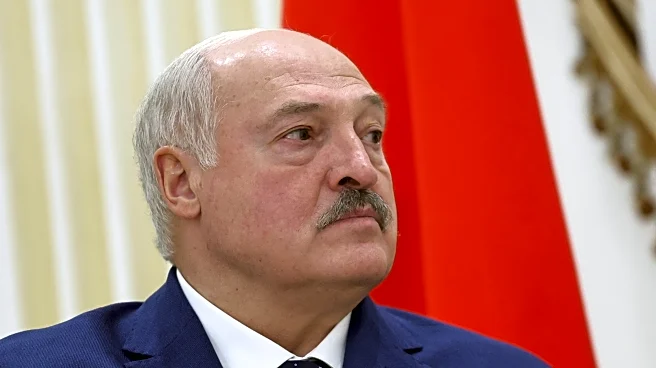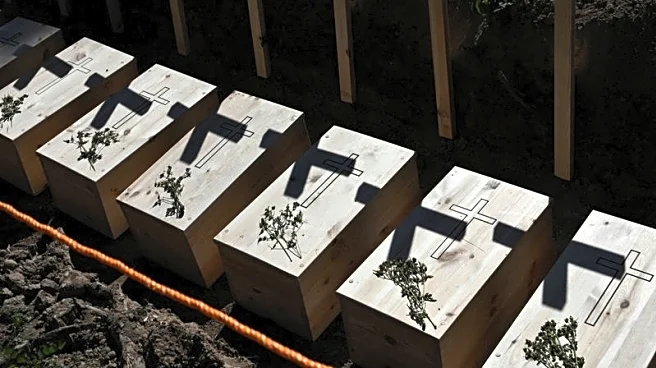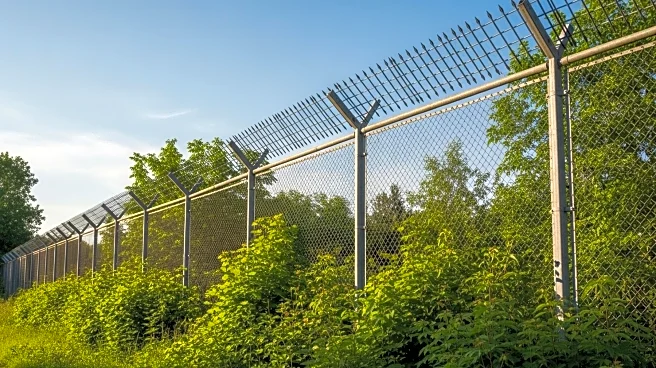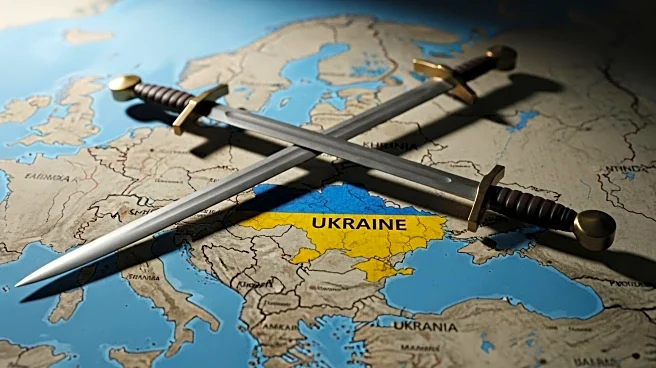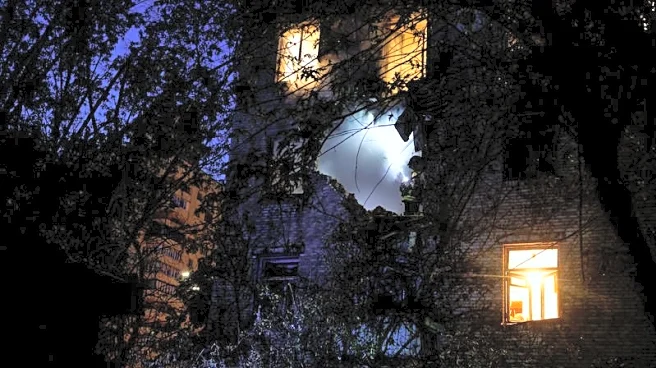WARSAW (Reuters) - Poland is closing its border with Belarus on Thursday at midnight local time as a result of Russia-led military exercises taking place in Belarus, Prime Minister Donald Tusk said on Tuesday, amid escalating tensions between Minsk and Warsaw.
Russia and Belarus's large-scale military exercises, known as the "Zapad" drills, have raised security concerns in neighbouring NATO member states Poland, Lithuania and Latvia. "Zapad-2025" (West-2025) will be held in western Russia and Belarus.
"On Friday, Russian-Belarusian maneuvers, very aggressive from a military doctrine perspective, begin in Belarus, very close to the Polish border," Tusk told a government meeting.
"Therefore, for national security reasons, we will close the border with Belarus, including railway crossings, in connection with the Zapad maneuvers on Thursday at midnight."
The Belarusian and Russian embassies in Warsaw did not immediately respond to emailed requests for comment.
Meanwhile, Lithuania will strengthen the protection of its border with Belarus and Russia due to the Zapad exercises, the Baltic country's border guard said on Tuesday.
Already strained relations between Poland and Belarus have hit new lows since Minsk's ally Russia invaded Ukraine in 2022. Poland has already closed most of its border crossings with Belarus, with only two still operating.
On Thursday Belarusian media reported that a Polish national had been arrested in Belarus on suspicion of espionage for having documents related to the Zapad exercises.
The Zapad-2025 exercises will include drills on the possible use of nuclear weapons and the Russian-made, intermediate-range hypersonic Oreshnik missile, according to the Belarus defence minister.
NATO is holding drills on its side of the border at around the same time.
Poland earlier in September launched the "Iron Defender-25" exercises, involving around 30,000 Polish and allied troops and about 600 units of military hardware.
Meanwhile in Lithuania, the "Thunder Strike" drills started this month with around 17,000 Lithuanian and allied troops taking part.
(Reporting by Alan Charlish, Pawel Florkiewicz, Anna Wlodarczak and Andrius Sytas; Editing by Sharon Singleton)
